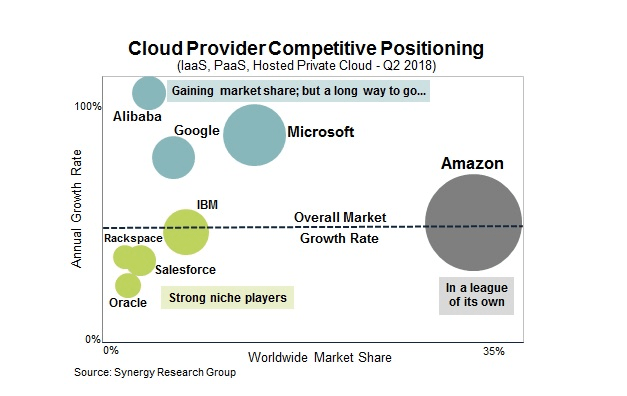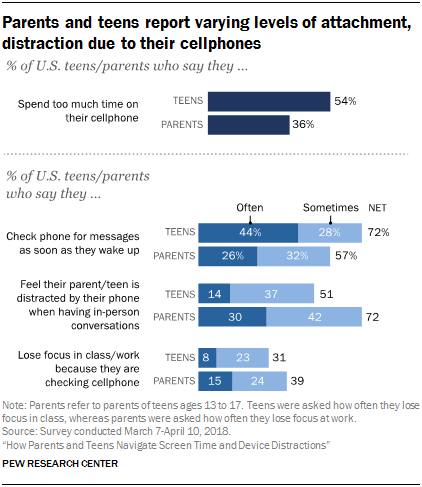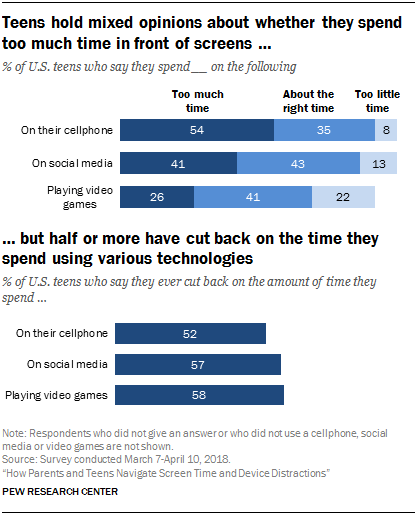So much for summer Fridays. Yesterday, BuzzFeed reported that a dozen tech companies, including Facebook, Google, Microsoft and Snapchat, would meet at Twitter headquarters on Friday to discuss election security. For two of them, that wasn’t the only meeting in the books.
In what appears to be a separate event on Friday, Facebook and Microsoft also met with the Department of Homeland Security, the FBI and two bodies of state election officials, the National Association of State Election Directors (NASED) and the National Association of Secretaries of State (NASS), about their election security efforts.
The discussion was the second of its kind connecting DHS, Facebook and state election officials on “actions being taken to combat malicious interference operations.” The meetings offer two very different perspectives on threats to election security. States are largely concerned with securing voter databases and election systems, while private tech companies are waging a very public war against coordinated disinformation campaigns by U.S. foreign adversaries on their platforms. Social media platforms and election systems themselves are two important yet usually disconnected fronts in the ongoing war against Russian election interference.
“Effectively combatting coordinated information operations requires many parts of society working together, which is why Facebook believes so strongly in the need for collaboration between law enforcement, government agencies, security experts and other companies to confront these growing threats,” Facebook VP of Public Policy Kevin Martin said of the meeting.
“We are grateful for the opportunity to brief state election officials on a recent call convened by DHS and again today as part of our continued effort to develop collaborative relationships between government and private industry.”
Curiously, while Microsoft and Facebook attended the DHS-hosted meeting, it doesn’t look like Twitter did. To date, Twitter and Facebook have faced the most fallout for foreign interference on their platforms meant to influence American politics, though Google was also called to Congress to testify on the issue last fall. When reached, Twitter declined to comment on its absence, though the company was reportedly playing host to the other major tech election security meeting today.
The meeting with state officials sounds like it was largely informative in nature, with Facebook and Microsoft providing insight on their respective efforts to contain foreign threats to election integrity. On Tuesday, Microsoft revealed that its Digital Crimes Unit secured a court order to take down six domains created by Russia’s GRU designed to phish user credentials. Half of the phishing domains were fake versions of U.S. Senate websites.
“No one organization, department or individual can solve this issue alone, that’s why information sharing is so important,” said Microsoft VP of Customer Security and Trust Tom Burt. “To really be successful in defending democracy, technology companies, government, civil society, the academic community and researchers need to come together and partner in new and meaningful ways.”




